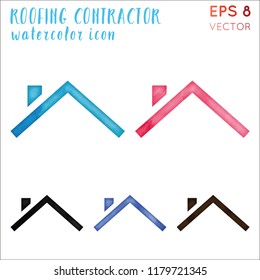Understanding Seasonal Influences On Commercial Outside Paint: Necessary Understanding For Success
Understanding Seasonal Influences On Commercial Outside Paint: Necessary Understanding For Success
Blog Article
Produced By-Burnham Celik
When you're intending a commercial external painting project, seasonal variables can make or break your results. You'll want to think about how temperature level and moisture effect paint application and drying out times. Selecting the best season can guarantee your paint adheres correctly and lasts longer. Yet which periods are really the most effective for this sort of job? Allow's explore the crucial elements that can influence your job's success.
The Influence of Temperature on Paint Application
When you're preparing a commercial external paint project, the temperature level can significantly impact just how well the paint sticks and dries out.
Preferably, you intend to repaint when temperatures vary between 50 ° F and 85 ° F. If it's too cold, the paint might not cure appropriately, causing problems like peeling off or breaking.
On the other side, if it's also hot, the paint can dry out as well swiftly, stopping appropriate adhesion and causing an uneven surface.
You need to also think about the moment of day; morning or late afternoon uses cooler temperatures, which can be much more desirable.
Always examine the supplier's suggestions for the certain paint you're utilizing, as they usually offer support on the optimal temperature array for ideal results.
Moisture and Its Impact on Drying Times
Temperature isn't the only ecological factor that influences your industrial outside painting task; moisture plays a substantial role as well. High moisture levels can reduce drying out times significantly, impacting the overall top quality of your paint work.
When the air is saturated with dampness, the paint takes longer to cure, which can bring about problems like bad bond and a higher danger of mold growth. If you're repainting on a specifically moist day, be prepared for extensive delay times in between layers.
stellar paiting to keep an eye on neighborhood weather conditions and strategy appropriately. Preferably, aim for moisture degrees in between 40% and 70% for optimum drying.
Maintaining these consider mind ensures your job stays on track and delivers a long lasting coating.
Best Seasons for Commercial Exterior Paint Projects
What's the best time of year for your industrial outside painting tasks?
Spring and very early fall are generally your best bets. Throughout these periods, temperatures are moderate, and moisture levels are often reduced, creating optimal problems for paint application and drying out.
Avoid summer season's intense heat, which can trigger paint to dry also swiftly, leading to inadequate adhesion and surface. Similarly, exterior house painting services near me can prevent correct drying out and treating, risking the longevity of your paint task.
Aim for days with temperature levels between 50 ° F and 85 ° F for optimal outcomes. Bear in mind to check the regional weather forecast for rainfall, as damp conditions can wreck your job.
Planning around these variables ensures your paint task runs smoothly and lasts much longer.
Final thought
Finally, preparing your commercial external painting tasks around seasonal considerations can make a significant difference in the outcome. By organizing work throughout the perfect temperatures and humidity degrees, you'll make certain much better adhesion and drying out times. Keep in https://remingtonejoty.onzeblog.com/34394603/uncover-the-essential-inquiries-to-make-prior-to-employing-house-painters-and-reveal-the-strategies-for-enhancing-your-home-with-a-fresh-paint-task to watch on regional weather prediction and select the correct time of year-- springtime and very early loss are your best bets. Taking these actions will help you achieve a long lasting and professional coating that lasts.
